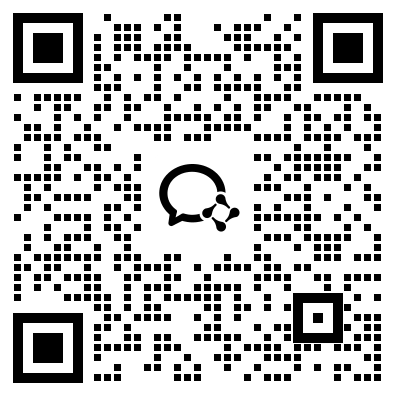Introduction
In recent years, the education industry has attracted considerable attention, and new teaching methods have been developed, such as flipped classroom or flip learning. Flip learning refers to a pedagogical approach that reverses the traditional classroom instruction process, emphasizing the importance of individual learning and collaboration. In this approach, the student access the videos or other educational material before attending the in-class lecture, which helps them to gain the basic knowledge outside the classroom, and to have more interactive activities inside the classroom. The purpose of this paper is to explore the advantages and disadvantages of the flip learning approach.
Advantages
1. Enhances student engagement
One of the major advantages of flip learning is that it enhances student engagement in the classroom. Attending class becomes more than just listening to a lecture, and is transformed into an interactive experience. In the flipped classroom, students are responsible for watching videos or reading the material before class, and during class, they collaboratively complete group activities, participate in discussions, and ask questions. This encourages students to be more involved in the classroom and leads to a more positive learning experience.
2. Promotes personalized learning
The traditional classroom model is based on the “one-size-fits-all” approach, which can limit a student's learning potential. In a flipped classroom, students have more control over their learning process. The teacher provides students with resources and activities, and students collaborate with peers in a personalized way, based on their individual learning styles, interests, and strengths. Because students are more involved in the curriculum, they are more likely to take ownership of their learning.
3. Flexibility saves time
Flip learning provides flexibility as students can access course material at their own pace and time. Many students have busy schedules and cannot attend traditional lecture-style classes during the daytime. This means that flip or online instruction is often the ideal way to access learning. Furthermore, it frees up more time in the classroom for interactive activities and discussions, which can be more effective in promoting student learning than traditional lectures.
4. Encourages active learning
In flip learning, students actively participate in their own learning, rather than just passively consuming information. Instead of listening to lectures, they engage in activities like group work, debates, and problem-solving. This motivates students to think critically, collaborate with others to find solutions, and engage in discussions that help them to develop their communication skills.
Disadvantages
1. Digital Divide
The digital divide refers to disparities in access to technology and high-speed internet connections, which can prevent some students from fully participating in flip learning. With traditional classrooms, all students can attend classes as long as they are present in the classroom. But with flip learning, access to technology is essential, and students without access are at a disadvantage as they cannot access the same resources as their peers.
2. Requires self-discipline
Flip learning requires self-discipline, as students must be responsible for keeping up with the curriculum and pace of learning themselves. In a traditional classroom setting, students are reminded by teachers to complete assignments and study for tests. In contrast, in flip learning, success depends on the student's ability to complete their work independently.
3. Dependent on technology
Flip learning is dependent on technology, which can sometimes fail. Issues such as software crashes, poor WIFI connections, and platform downtime can all have an impact on a student’s ability to access course material. This can negatively impact student learning and lead to frustration.
Conclusion
In conclusion, flip learning is a modern and innovative teaching approach that has several benefits over traditional classroom instruction. However, it is important to also identify its disadvantages, such as digital divide, the need for self-discipline, and dependence on technology. To make the most out of flip learning, students must be motivated, self-disciplined, technologically adept, and able to work collaboratively. Teachers must also be able to provide adequate materials and systems to support the learning process. With these considerations in mind, flip learning has the potential to transform the learning process, create more personalized learning experiences for students, and enhance communication and collaboration among peers.









